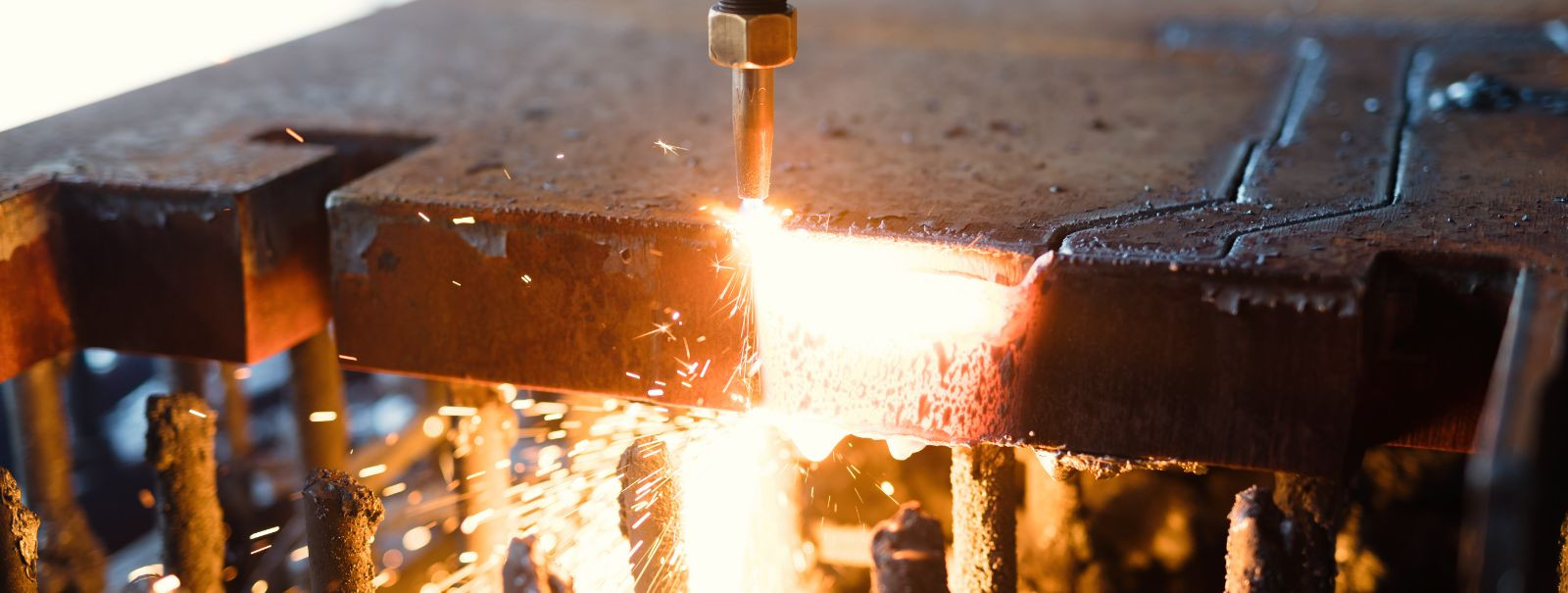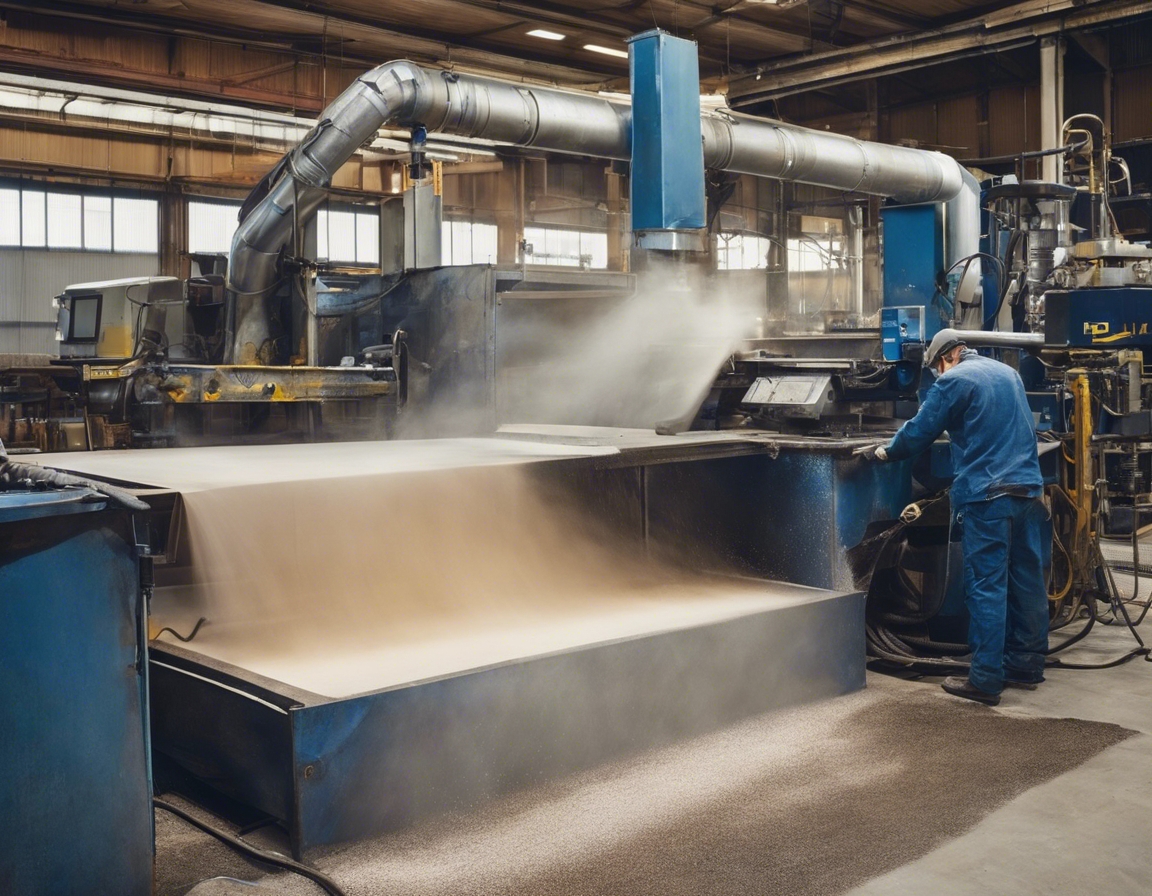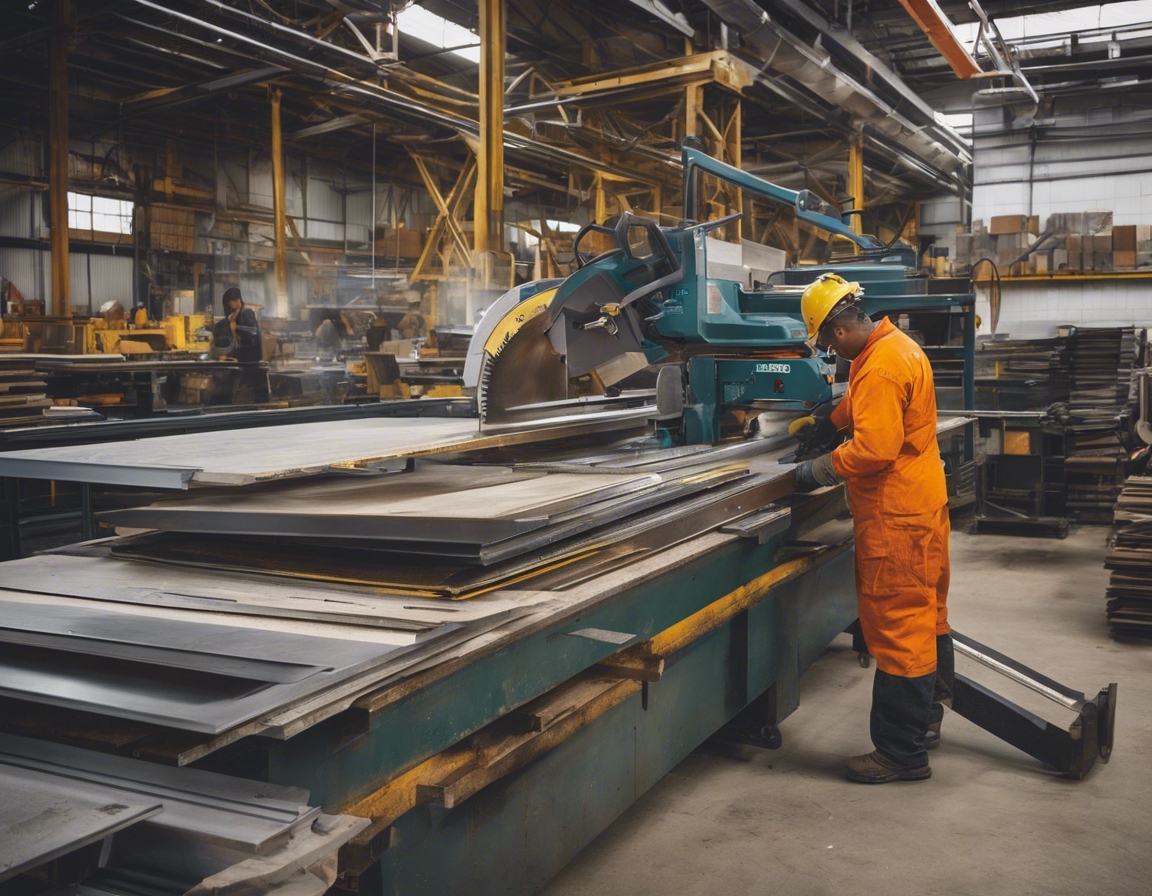How sandblasting can extend the life of your metal structures
Sandblasting, also known as abrasive blasting, is a powerful technique used to clean and prepare surfaces by propelling abrasive particles against them. This process not only cleans the surface but also roughens it, which can be beneficial for a variety of applications.
Sandblasting offers numerous benefits for metal structures, including removing rust, paint, and other contaminants, preparing surfaces for coating, and even altering the surface texture for aesthetic purposes.
The Science Behind Sandblasting and Metal Preservation
Corrosion is the natural enemy of metal, leading to structural weakness and failure. Factors such as moisture, salt, and chemicals can accelerate the corrosion process.
By removing surface contaminants and providing a uniform surface for coatings, sandblasting significantly reduces the risk of corrosion, thereby extending the life of metal structures.
Practical Applications of Sandblasting in Metal Work
One of the primary uses of sandblasting is to prepare metal surfaces for the application of protective coatings and paints, which are essential for preventing corrosion and wear.
Sandblasting is also an effective method for restoring old and corroded metal structures, bringing them back to their original condition and functionality.
Beyond cleaning and preparation, sandblasting can be used to create specific surface textures that improve the adhesion of coatings or provide desired finishes for aesthetic purposes.
Choosing the Right Sandblasting Technique
There are various sandblasting methods available, including dry blasting, wet blasting, and bead blasting, each suited for different types of projects and outcomes.
When choosing a sandblasting technique, factors such as the type of metal, the desired finish, the location of the project, and environmental concerns must be considered to achieve the best results.
Maintaining Safety During Sandblasting Operations
Ensuring the safety of operators and bystanders is paramount during sandblasting. Proper safety equipment, such as respirators, protective clothing, and containment systems, should be used to protect against airborne particles and debris.
Environmental responsibility is crucial in sandblasting operations. Techniques such as dustless blasting can minimize the environmental impact by reducing airborne particles and using eco-friendly abrasives.






Comments (0)